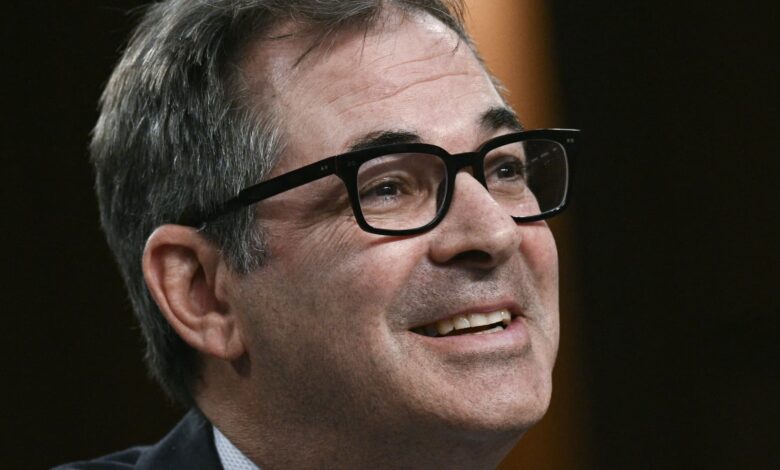CoreWeave (CRWV) Q1 2025 earnings report

CoreWeave, a leading artificial intelligence infrastructure provider, exceeded revenue expectations in its first earnings report post initial public offering. The company also projected faster growth than anticipated for the year.
Key Highlights:
- Earnings per share: Loss of $1.49
- Revenue: $981.6 million vs. $853 million expected
In the first quarter ending March 31, revenue surged by 420% to $981.6 million from $188.7 million in the previous year. Despite the impressive growth, the stock initially rose but later declined by about 5% in after-hours trading.
CoreWeave reported a net loss of $314.6 million, a significant increase from $129.2 million in the same period last year, mainly due to $177 million in stock-based compensation related to the IPO.
The company anticipates revenue between $1.06 billion and $1.1 billion for the second quarter, surpassing analysts’ expectations of $986.7 million. For the full year 2025, CoreWeave forecasts revenue of $4.9 billion to $5.1 billion, representing a growth rate of 363%.
During the quarter, CoreWeave secured a five-year deal with OpenAI worth up to $11.9 billion, in addition to a $4 billion contract post-quarter end. The company’s revenue backlog stood at $25.9 billion, up 63% from the previous quarter.
CoreWeave competes with cloud providers like Amazon by offering Nvidia graphics processing units on rent. The company counts Google and Microsoft among its major clients and is working towards diversifying its business.
Despite uncertainties around AI supply, demand, and the economy, CoreWeave’s stock remains stable. After its IPO in late March, the company’s shares debuted at $39 on Nasdaq, with Nvidia anchoring the offering at $40.
CoreWeave’s future growth hinges on the availability of power for its data centers. The company added 300 megawatts of contracted power in the quarter, with plans to double its deployed power by the end of the year.
Following the conference call, CoreWeave shares dipped by 7% in extended trading as investors sought clarity on metrics like remaining performance obligation and revenue backlog. CEO Mike Intrator emphasized that despite classification challenges, the fundamentals of the contracts remain unchanged.





